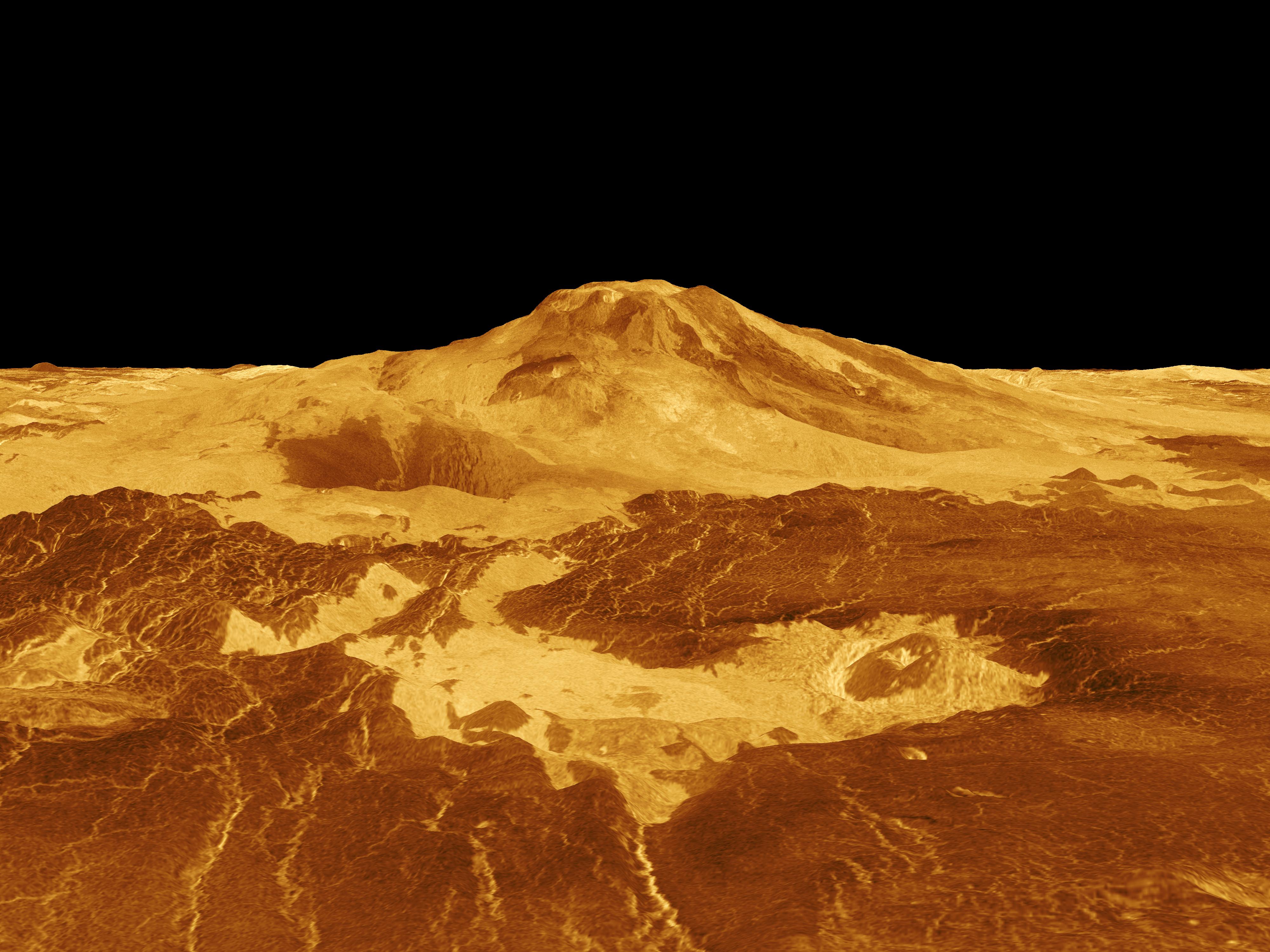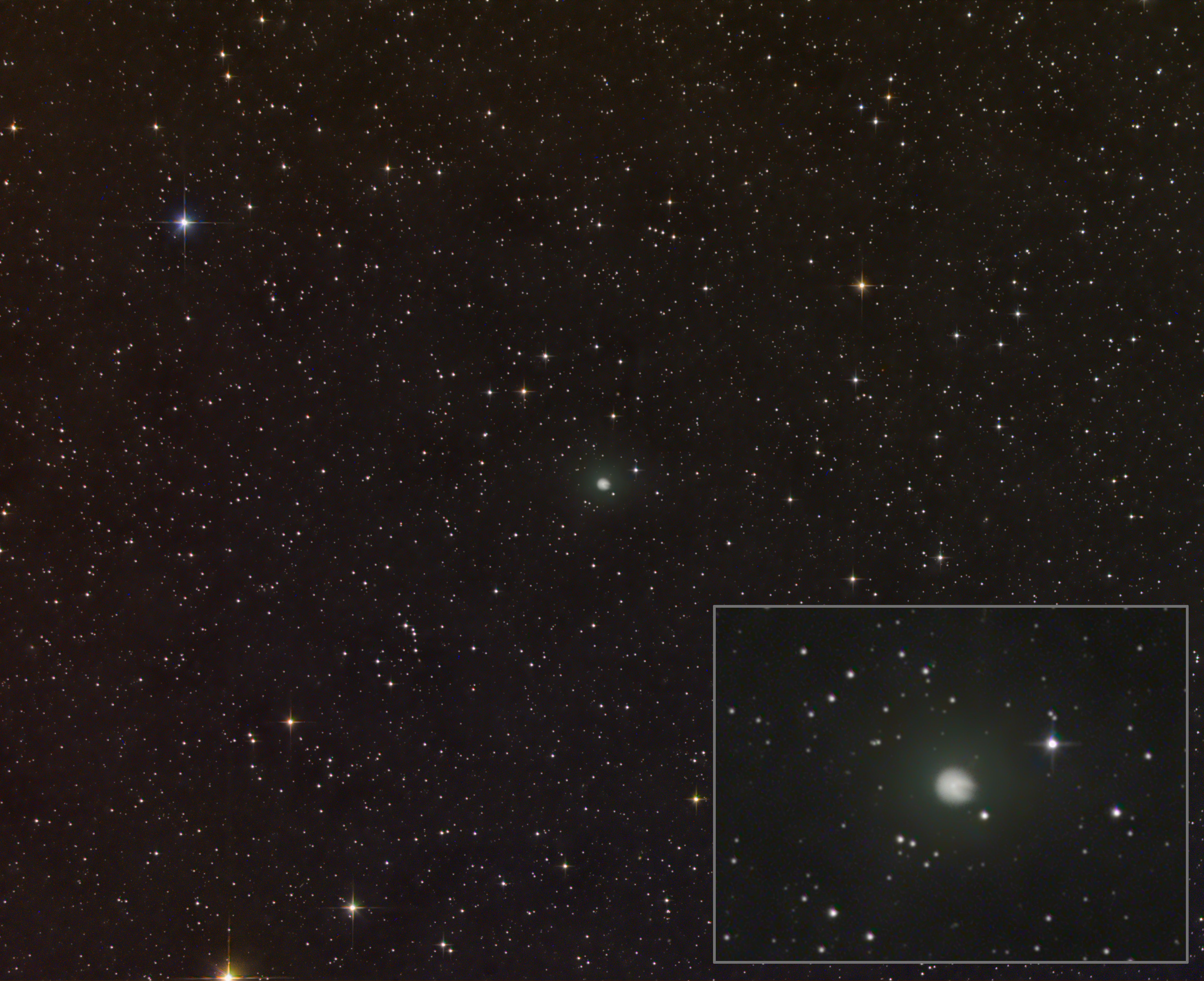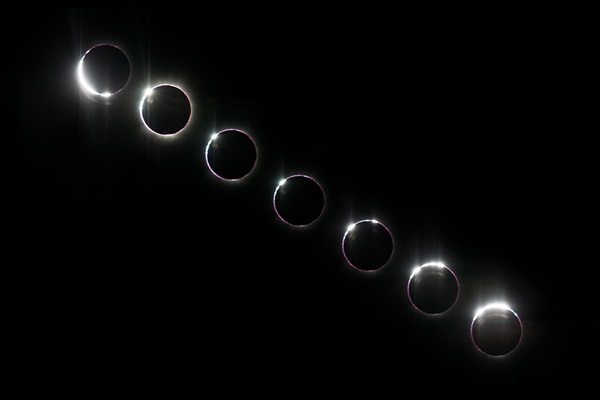For those who like to hunt for treasure, early March offers nice views of the solar system’s most elusive naked-eye planet. Mercury climbs into view in the west during the month’s first week, appearing as a pale-yellow dot low in the evening twilight.
Although Mercury shines brightly, it can be hard to pick out against the twilight glow. Fortunately, the planet Venus serves as a terrific guide. Venus shines brighter than any other point of light in the sky. Head outside about 30 minutes after sunset, and the brilliant planet will dazzle your eye from its perch high in the west. (The conspicuous object just above Venus is the planet Jupiter.)
Once you find Venus, lower your gaze toward the western horizon in the direction where twilight appears brightest. During the final week of March, Mercury lies to the lower right of Venus. Although Venus gleams 25 times brighter than Mercury, you should be able to spot the dimmer planet without much difficulty. According to Astronomy magazine Senior Editor Michael Bakich, “If you don’t see Mercury right away, try finding it with binoculars. Once you know where it is, Mercury will pop into view.”
Mercury reaches the peak of this evening appearance March 5, when it lies farthest from the Sun and climbs highest in the twilight sky. It then appears about 11° — slightly more than the angle covered by your closed fist held at arm’s length — above the horizon 30 minutes after the Sun sets. Mercury remains near this altitude from March 1 through the 10th.
Once you spot Mercury, you may wonder why it has a reputation for being elusive. It is, after all, one of the brightest objects in the sky. Unfortunately, this bright light never climbs high. Mercury orbits closer to the Sun than any other planet, so, from our perspective on Earth, it never strays far from our star’s glare. Even at its best, the innermost planet lies low in the west shortly after sunset or low in the east before sunrise. It never gets far enough from the Sun to appear high in a totally dark sky.
The great astronomer Nicolas Copernicus — the man who put the Sun in its proper place at the center of the solar system, with Earth circling it — reputedly never glimpsed Mercury. So take a few minutes one of these early March evenings and catch a sight few people ever have.
Fast facts about Mercury:
- Mercury orbits the Sun at an average distance of 36 million miles (58 million kilometers), but covers a broad range from 29 million miles to 44 million miles (46 million km to 70 million km).
- Mercury takes just 88 days to complete one orbit of the Sun.
- Mercury takes 59 days to rotate once on its axis.
- With a diameter of 3,032 miles (4,879 km, 38 percent of Earth’s), Mercury is the smallest planet in the solar system.
- As you gaze at Mercury from afar, NASA’s MESSENGER spacecraft studies the planet from orbit. The probe has been circling Mercury for a year now, examining its surface, analyzing its interior, and measuring its magnetic field.
- Video: Tour the solar system: Mercury, with Liz Kruesi, associate editor
- StarDome: Locate Mercury in your night sky with our interactive star chart.
- The Sky this Week: Get your Mercury info from a daily digest of celestial events coming soon to a sky near you.
- Sign up for our free weekly e-mail newsletter.











